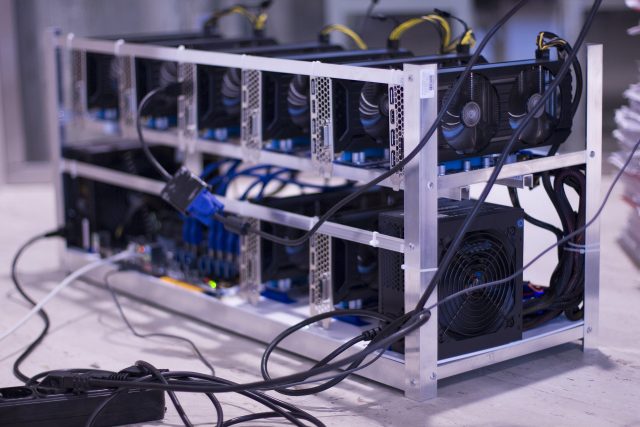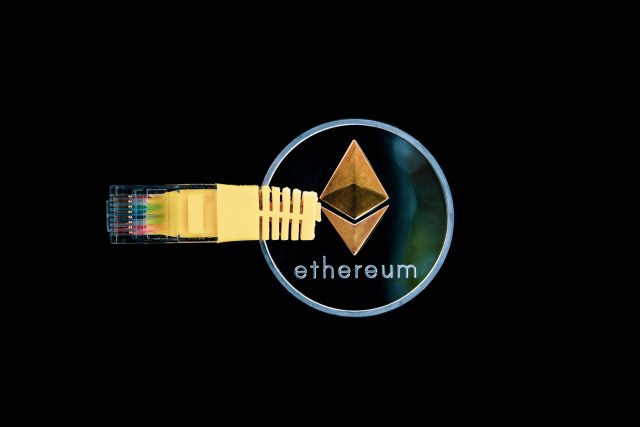The Ethereum London Hard Fork occurred a few hours ago.
Before then, cryptocurrency traders had been hedging their bets in favor of the world’s second-largest cryptocurrency.
As the Ethereum London hard fork occurred, transaction fees have been burnt and this sent the cryptocurrency space into a frenzy.
All the cryptocurrencies are looking up.
Ethereum is hitting close to the $3,000 resistance level.
Ethereum fees have been burned by up to almost half their value before this hard fork.
Data from block 12,965,000 shows that as soon as the hard fork took effect, the burns occurred.
It may look like rocket science at first glance.
There are several reasons why this is happening.
The Ethereum London Hard Fork is an Important Milestone
One factor that is driving Ethereum prices up right now is the fact that this new hard fork is towing previous upgrades of the Ethereum blockchain.
From the 2016 “DAO” hard fork to the 2019 “Constantinople” version, the various upgrades have always presented their unique challenges.
These challenges always get resolved one way or the other.
One of such challenges is the security bug that delayed Constantinople’s full implementation for a couple of years.
However, the Ethereum London Hard Fork is crucial to the evolution of the world’s second-largest cryptocurrency.
Ethereum Improvement Proposal (EIP) 1559 is the Cause
The Ethereum Improvement Proposal 1559, which is a core part of the Ethereum London Hard Fork, features the burning of transaction fees.
The EIP 1559 focuses on correcting the unusually high gas fees within Ethereum’s decentralized finance (DeFi) ecosystem.
A core function of EIP 1559 includes the burning of gas fees.
It is also the reason why traders are bullish about Ethereum as a cryptocurrency.
If EIP 1559 can solve the gas fee issue, then the DeFi ecosystem will hold its own against a plethora of new smart-contract capable blockchains that are the new kids on the block.
At least, this is what the top guns within the Ethereum ecosystem think.
The general idea, as presented by Ethereum’s founder, Vitalik Buterin, is to create limits or boundaries on the fees that are charged as gas fees.
By controlling the four basic types of cost within the Ethereum ecosystem, Vitalik presented this as the foundation for what later became the EIP 1559.
Within the Ethereum ecosystem, there are four basic types of costs that drive every other liability.
We have the bandwidth cost, which is the cost of data transfer across the Ethereum ecosystem.
Then there is the computational cost, which includes transaction validation and confirmation.
The third cost is the history storage cost.
It is the node cost of storing all ledger data from day one.
And finally, we have the state storage cost, which has to do with the cost of Ethereum transactions in the now or situ.
As more people interact with the basic infrastructure of the Ethereum blockchain, these costs have gone up significantly.
All the Nodes Have Suffered
From Vitalik’s paper, all the active nodes within the Ethereum ecosystem bear the consequences of this rise in costs.
The net effect of this by analogy is the unusually high fees that everyone has been seeing.
And in the model design of nearly all the distributed ledgers, we have currently, the highest bidder wins.
It has led to many issues, like determining transaction confirmation and validation fees.
The EIP 1559 white paper itself answers or provides a “best-case” scenario that solves the problem in the now.
A Base Fee is the Building Block of New Ethereum Transactions
One of the changes to Ethereum’s transaction process is the introduction of a base fee.
This base fee is the bare minimum that can occur as gas fees for transactions.
To deal with congestion, the expansion of the blockchain to allow for higher gas fees comes with the turf.
Based on this base fee, transaction fees can function within a band of the Ethereum network utilization based on a greater than or less than fifty percent.
Simply put, if network utilization is greater than 50%, base fees go higher.
If network utilization is less than 50%, the base fees will be lower per block.
It is important to note that all the base fees are burned.
It is also why Ethereum is going to be quite volatile for the next few months.
How the Miners Make Profit
According to the EIP 1559 white paper, a risk-associated fee as determined by the wallets per transaction will be the fees paid to the miners as profit.
This fee, known as the priority fee, gives the miners their take home and counterbalances the base fees burned.
While it may sound like some “see-saw” situation, it provides an optimal approach that serves everyone involved.
What’s Next for Ethereum?
After the Ethereum London Hard Fork, we should expect a few rough days for “the house that Vitalik Buterin built”.
Already, ETH gas fees have been so unstable for all sorts of transactions that occur within the network.
It seems the Ethereum London Hardfork is yet to solve the high gas fee problem as gas fees are still ridiculously high.
However, that may change as the market forces begin to do their thing within the Ethereum ecosystem as base fees continually get burned.
Besides everyone can expect a few things that may or may not happen within the shortest space of time.
Everyone, especially the black hatters within the cryptocurrency community, will attempt to test Ethereum’s operating system and infrastructure.
A few security vulnerabilities may be discovered.
Then again, we may see a few hard forks occur to reverse such scenarios.
We may also see several small-scale miners fall off the grid.
For a while, it may not be profitable to mine Ether.
However, as transaction fees crash, the Ethereum ecosystem will stop bleeding liquidity into other smart-contract enabled ledgers.
Maybe as I’m writing this, it is already happening.
A highly competitive environment will emerge.
And the “house that Vitalik Buterin built” will become stronger than ever.
That is how the cookie crumbles!













